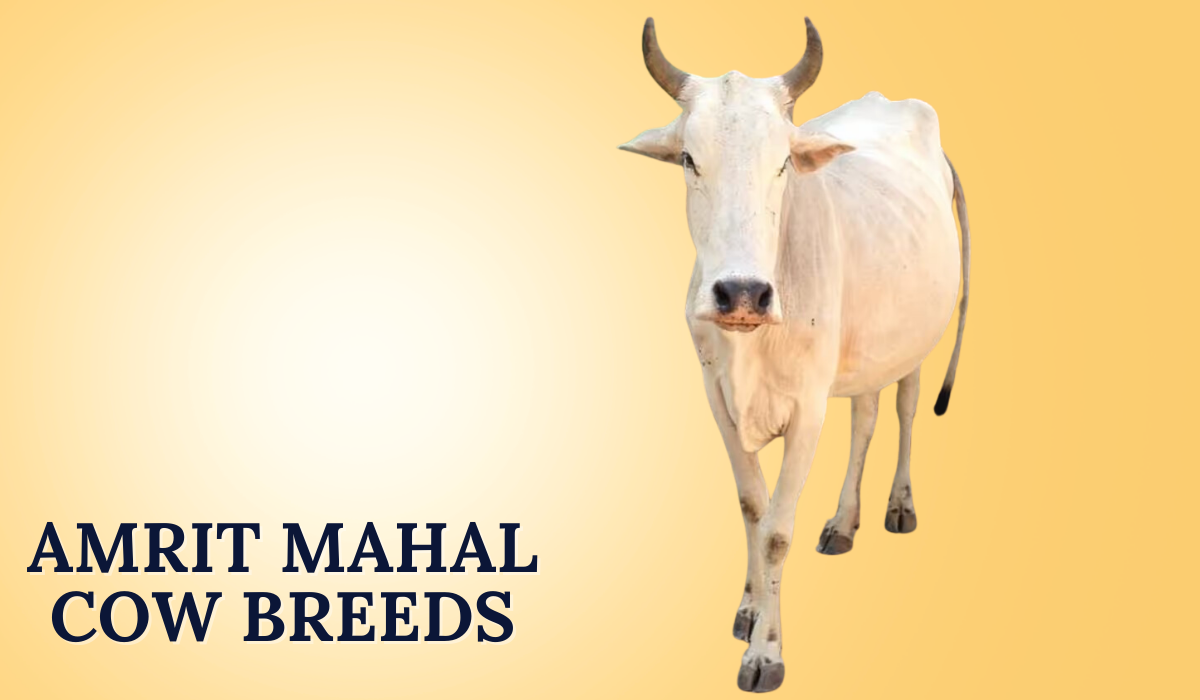Amrit Mahal Cow Breeds In India
Amrit Mahal Cow Breeds in India is one of the most renowned indigenous cattle breeds found in the southern part of the country, primarily in Karnataka. Known for their excellent physical strength, ada
Aditya Pandey

Amrit Mahal Cow Breeds in India is one of the most renowned indigenous cattle breeds found in the southern part of the country, primarily in Karnataka. Known for their excellent physical strength, adaptability to harsh climatic conditions, and impressive milk production, these cows have been a significant part of rural Indian agriculture for centuries. The breed is specifically valued for its role in draught work, making them crucial for farming in areas where mechanized equipment is less feasible. The Amrit Mahal Cow Breeds in India cows are also known for their endurance, able to withstand long periods of work in hot and arid environments, which makes them an essential part of agricultural life in many regions of India.
These cows have a distinct appearance with a sturdy build, long horns, and a well-muscled frame that contributes to their ability to perform heavy tasks like plowing and transportation. While their primary use is for draught work, Amrit Mahal Cow Breeds in India also contribute to the dairy sector, though they are not as prolific in milk production as some other dairy breeds. Their milk, however, is rich in quality, making it a preferred choice for local consumption and milk-based products. Over the years, the Amrit Mahal breed has become synonymous with resilience and reliability, playing a vital role in sustaining traditional farming practices in rural India.
Origin and History of Amrit Mahal Cows
The Amrit Mahal breed in Karnataka has its origins in the southern parts of India, particularly in the region of Karnataka. These cows were initially bred by the Maratha rulers, and their name “Amrit Mahal” is derived from the “Amrit Mahal” area in Karnataka where they were first developed. The breed was primarily used as a draft animal, valued for its strength and stamina. In the past, the Amrit Mahal cows were used for carrying heavy loads, plowing fields, and even as war animals during the Maratha period.
Today, the Amrit Mahal breed in Karnataka is mainly used in rural farming systems for various agricultural tasks and milk production. The breed's resilience and strong physique make it well-suited for hard agricultural work in dry, arid environments. Although mechanized farming has reduced their role in manual labor, these cows continue to hold cultural and economic significance in the region.
